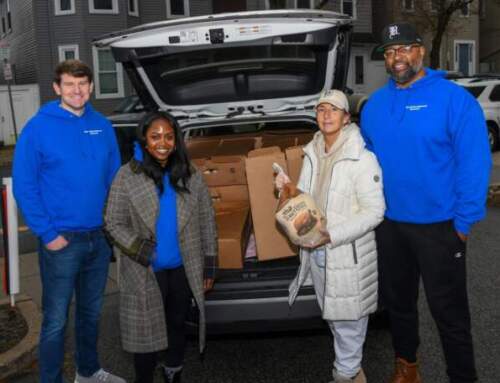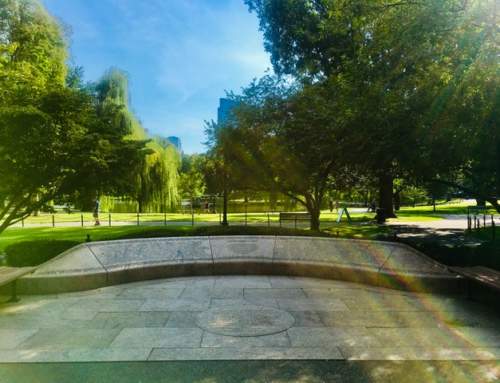Water is by far the most valuable resource needed to sustain life. You can live without natural gas, oil, even electricity; but you won’t last long without fresh water. From this perspective it is they pretty surprising how much we take drinking water for granted- as we do clean water in the Boston Harbor. While water departments in many other states and cities (ie Detroit, Michigan), have hit the news with scandals, even our biggest disasters seem small by comparison. Behind the scenes one of the very best dimes ever spent by Massachusetts residents is the tax dollars that go to support the Massachusetts Water Resources Authority and The Massachusetts Clean Water Trust. Perhaps the most recent sewer accident early this month in Nantucket, (attributed to severe cold) is a warning for small towns to get on board-but this kind of thing is very rare. Officials swarmed in to fix the leaks and access the damage, which will no doubt impact the Cape eco- system.
Otherwise, from the massive Deer Island Plant in Boston harbor, to the numerous water treatment facilities in the state, the environmental record is pretty stellar in Massachusetts. In 2016 the MWRA received the Clean Water Agencies platinum award for peak performance at Deer Island. They have reduced solids discharge levels by over 90% since 1990. Deer Island processes waste from homes and businesses from 43 surrounding communities, generating methane gas and commercial fertilizer sent to the system and outf lowing eff luent water into the ocean that has been scrubbed of dangerous containments. The MWRA provides 200 million gallons of fresh water a day, and treats 350 million gallons of sewerage a day.
In 2016 an additional $750,000 dollars for drinking water tests in Massachusetts public schools was announced by governor Charlie Baker. This will enable testing and removal of harmful lead and copper from drinking water in the schools. The 2016-2017 program was completed testing thousands of taps and drinking water fountains in more than 800 school facilities. To quote the state: “The Massachusetts Water Resources Authority (MWRA) has also provided assistance to schools in their Greater Boston service area. Utilizing the MWRA’s own lab, they have analyzed more than 7,000 water samples from 240 school buildings since spring 2016. This analysis has included thousands of water samples from schools participating in the Commonwealth’s program.”
In October 2017 the Baker administration Mass Dept. of Environmental protection launched the Lead in School Drinking Water Assistance Program, to get more schools and daycare centers on board. The problem is not the source water which is fine, but out of date plumbing in the schools. The next steps have been to repair pipes and fountains in schools to ensure that the drinking water in all Boston Public Schools is safe- where some schools lagged behind in standards, the city received direct help from the MWRA to bring testing and analysis up to speed. It was kind of a disgrace that fountains in multiple BPS schools in 2016 had to be “deactivated”, and 108 schools received bottled water and were considered “off line” to ensure that students wouldn’t risk poisoning. We look forward to an update from BPS on new pipes and water fountains in 2018, and hope that the state and city officials can give all schools a clean bill of health for drinking water. In the meantime, when so much of other governments can be dysfunctional, Massachusetts water related agencies deserve a big pat on the back.






